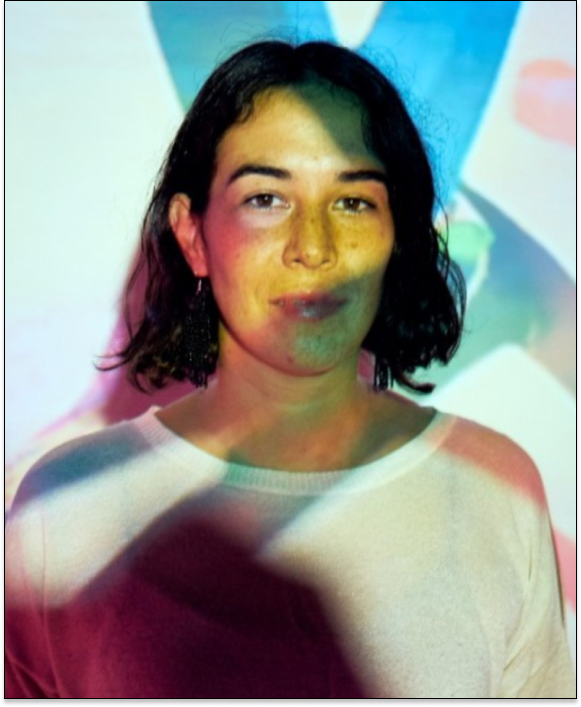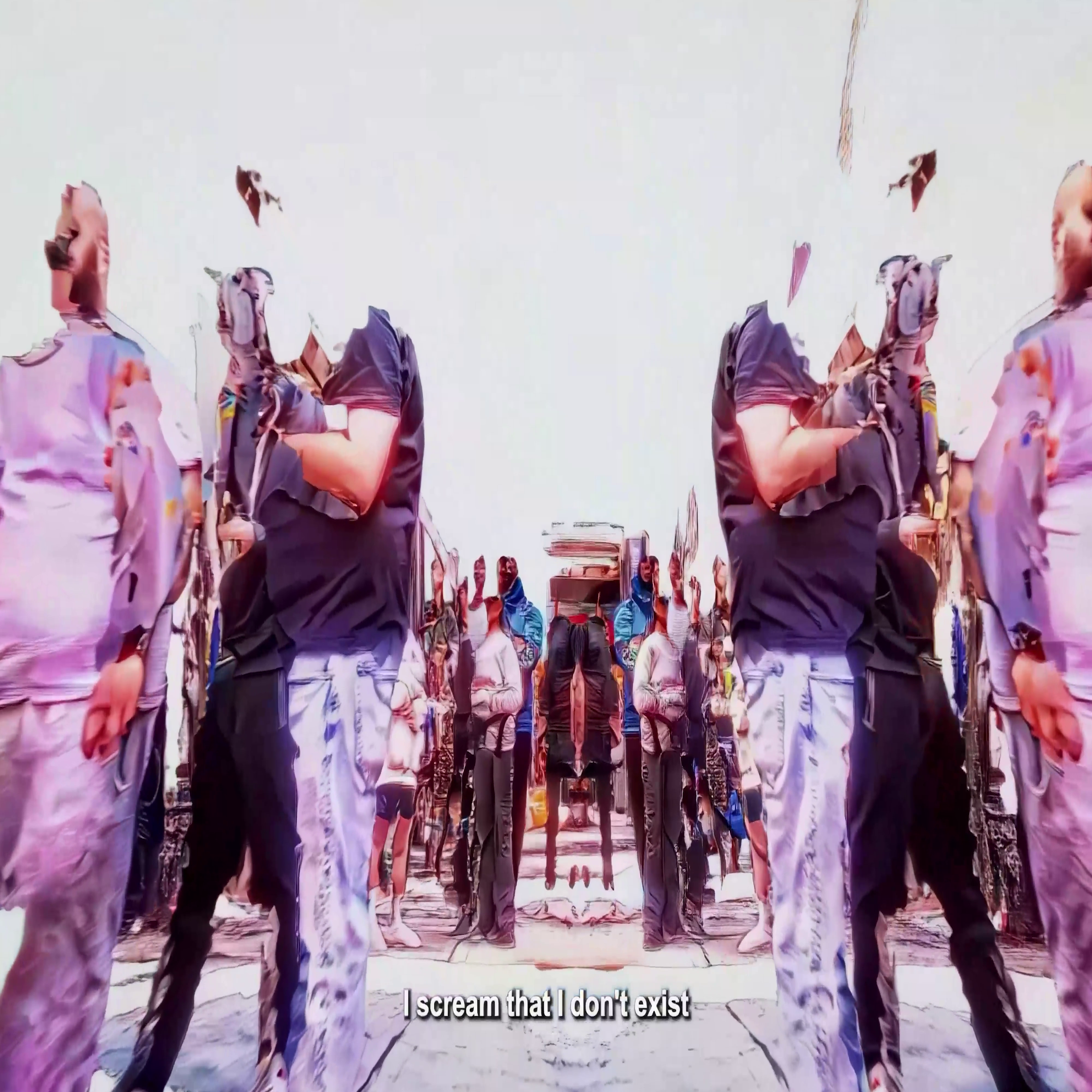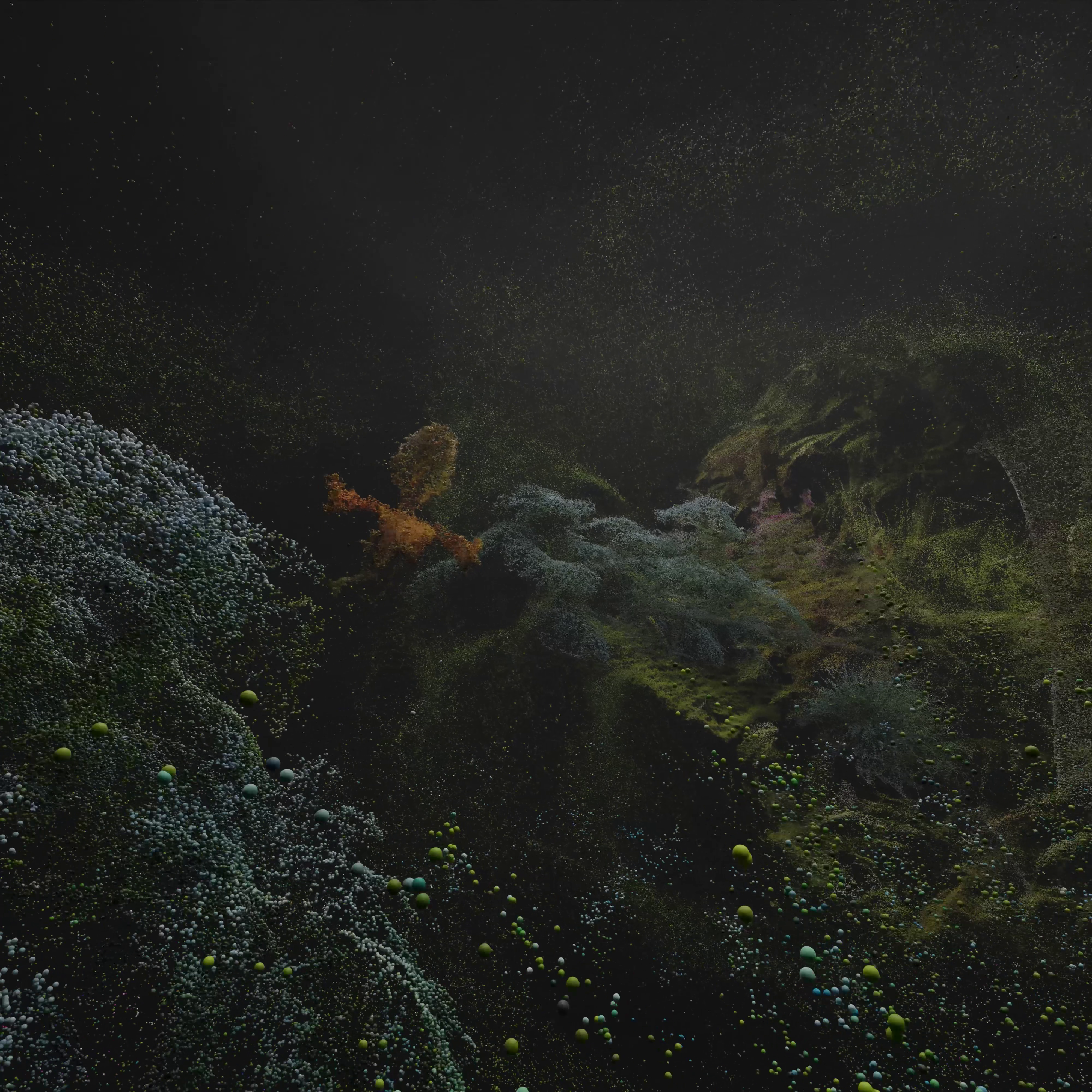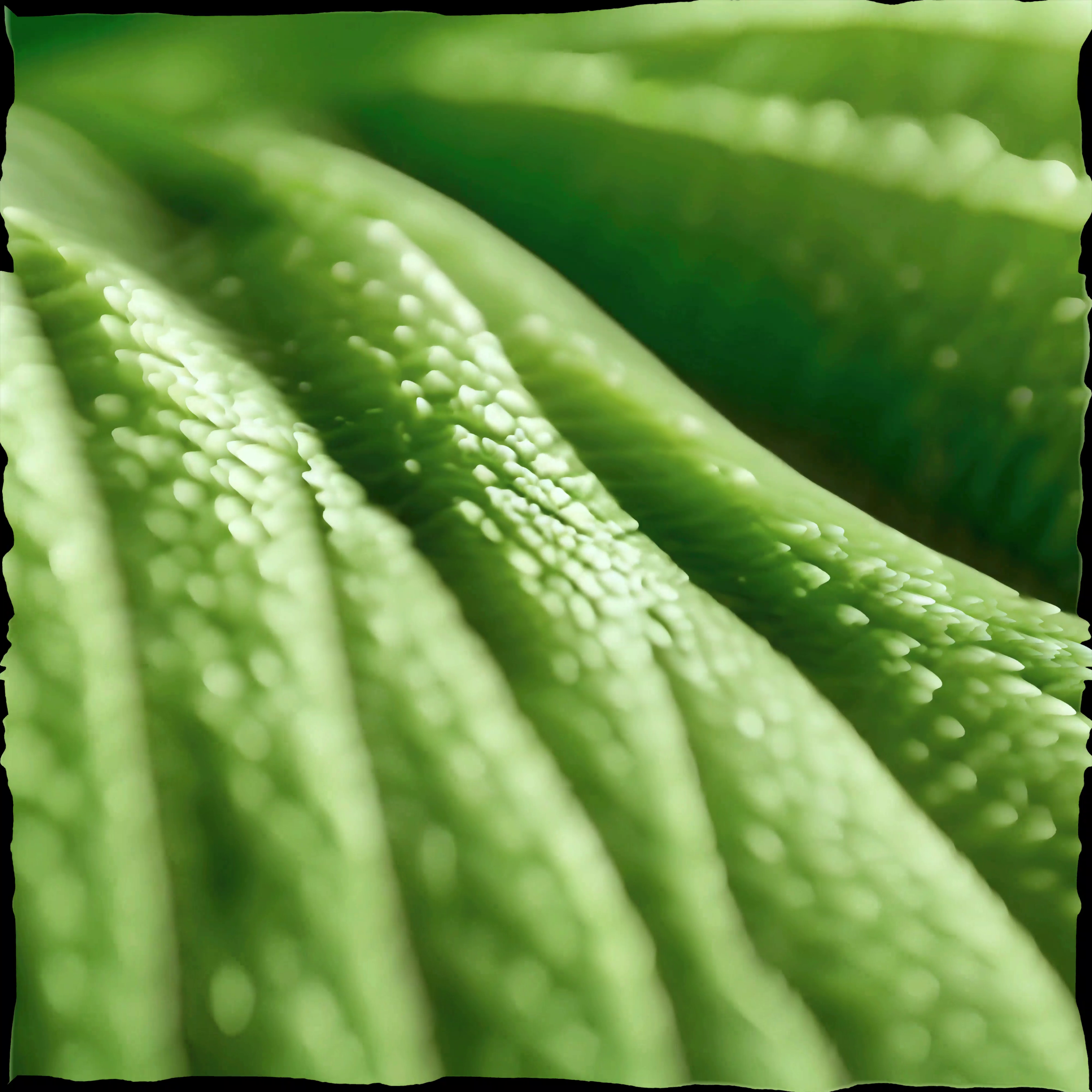FROM MICRO TO MACRO AND BACK
SMTH in collaboration with MMMAD Festival launch the III International Open Call for Digital Artists under the theme ‘From micro to macro and back’.
The first edition, launched in 2021, looked for digital artworks that reflected on landscape in the post-digital era, the second edition was focused on the shopping centre as a cultural space and, in this third edition, we invite artists, creators and digital researchers to imagine, speculate and build critical narratives around scales that defy the human eye.
En esta edición contamos con la colaboración de los centros Plenilunio (MADRID), La Torre Outlet (ZARAGOZA), Miramar (MÁLAGA), Fan Mallorca (PALMA DE MALLORCA) y Max Center (BILBAO).
La convocatoria estará abierta del 5 October to 27 November 2023. A jury of experts composed of the Mexican curator Ana Drucker, the Brazilian artist Gabriel Massan and the Swiss artist Dirk Koy will select the five best works, which will receive a prize of 1.500,00€ and will be exhibited on the screens of the shopping centres from 11 January to 11 April 2024.






























